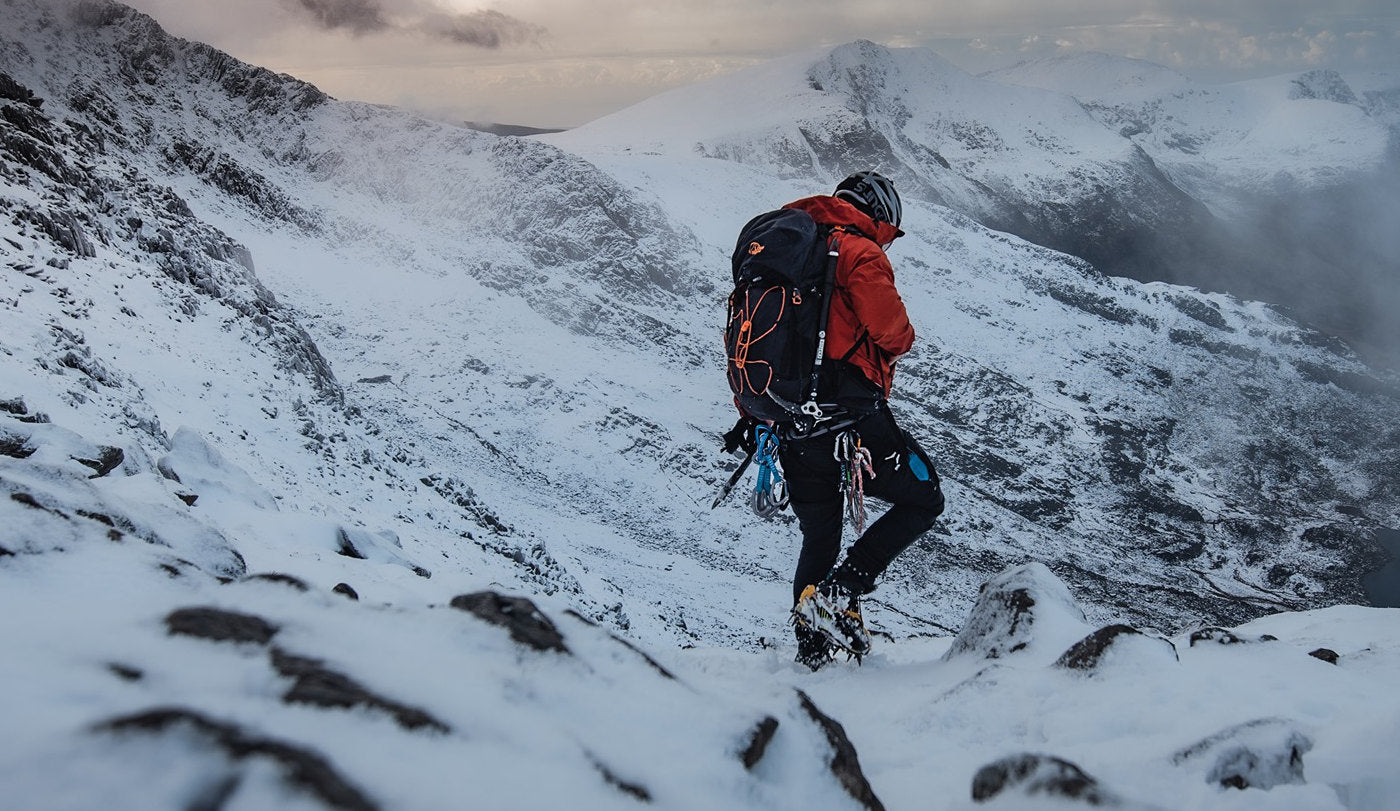Who are they?
Innovation and tradition share equally deep roots at SCARPA, which today remains a family-owned company since 1938. Now established as one the world’s leading producers of walking footwear, mountaineering boots and some of the most advanced rock climbing shoes on the market Scarpa sprang from an unlikely source.
Founded by the man behind the Guinness Book of World Records, Rupert Edward Cecil Lee Guinness, an Anglo-Irish businessman and second Earl of Iveagh, the company was born from Guinness’ desire to give work and a future to skilled craftsmen in leather processing around his beloved area of Asolo, a region where he lived and owned land. Here he began an operation to offer these men the opportunity to join together in one single business entity.
Scarpa's initial mission was to bring together all the best shoemakers in the Asolo area with the goal of producing the best footwear anywhere. It was immersed in this tradition of craftsmanship and heritage that Luigi Parisotto, who would eventually purchase the SCARPA company with his brothers and grow it into a family enterprise.
Where are Scarpa products made?
SCARPA stands for Società Calzaturiera Asolana Riunita Pedemontana Anonima, which means Associated Shoe Manufacturing Company of the Asolo Mountain Area.

Luigi Parisotto first began learning the art of making fine footwear in the Asolo area, northern Italy. Parisotto began learning his craft at age 11 in 1940 and went to work for SCARPA in 1942. From the beginning, Parisotto loved the process of building handcrafted footwear, and in the early 1950s ran his own shoe-manufacturing business, S. Giorgio, with his brothers, turning out between four and fifteen pairs of handmade shoes a day. These were sold to local farmers who sought out shoes that were both comfortable and indestructible.
In 1956, Parisotto and three of his brothers, with the assistance of their family, pulled together enough money to make an offer on SCARPA. It was accepted and the business quickly grew under their leadership to encompass 17 expert shoemakers and expanded during these early years to produce 50 to 60 pairs a day. In the late 1950s, word about SCARPA's quality began to spread more widely outside the Montebelluna region and they attracted clientele from many other parts of Europe.
What sets Scarpa apart?
The company was among the first to recognise the needs of northern Italy's rapidly developing mountaineering and climbing culture, and to develop footwear with features dedicated to those pursuits. Those features, along with the brand's legendary durability and fit, led to many of Italy's early mountaineers using SCARPA shoes. In 1965, an Italian-American living in Boston began importing SCARPA footwear, making it the first manufacturer from the Asolo region to export to the U.S.
SCARPA continued to innovate in the 1970s, developing the popular Rally boot for alpine skiing and pioneering an early high-altitude plastic boot for mountaineering, first called the Grinta and later the Inverno (as it's known in North America, internationally referred to as the Vega.) That boot has been used by many top climbers and explorers throughout the Himalayas and Antarctic, and was also adopted by the Italian, U.S., French, Spanish and other militaries for use by troops in extreme conditions.
That pioneering spirit has continued at SCARPA. The company has many firsts to its name, including being the first to build a Gore-Tex boot and the first to develop a plastic telemark skiing boot, and introduced in 2007, the first telemark and alpine touring compatible boot.















